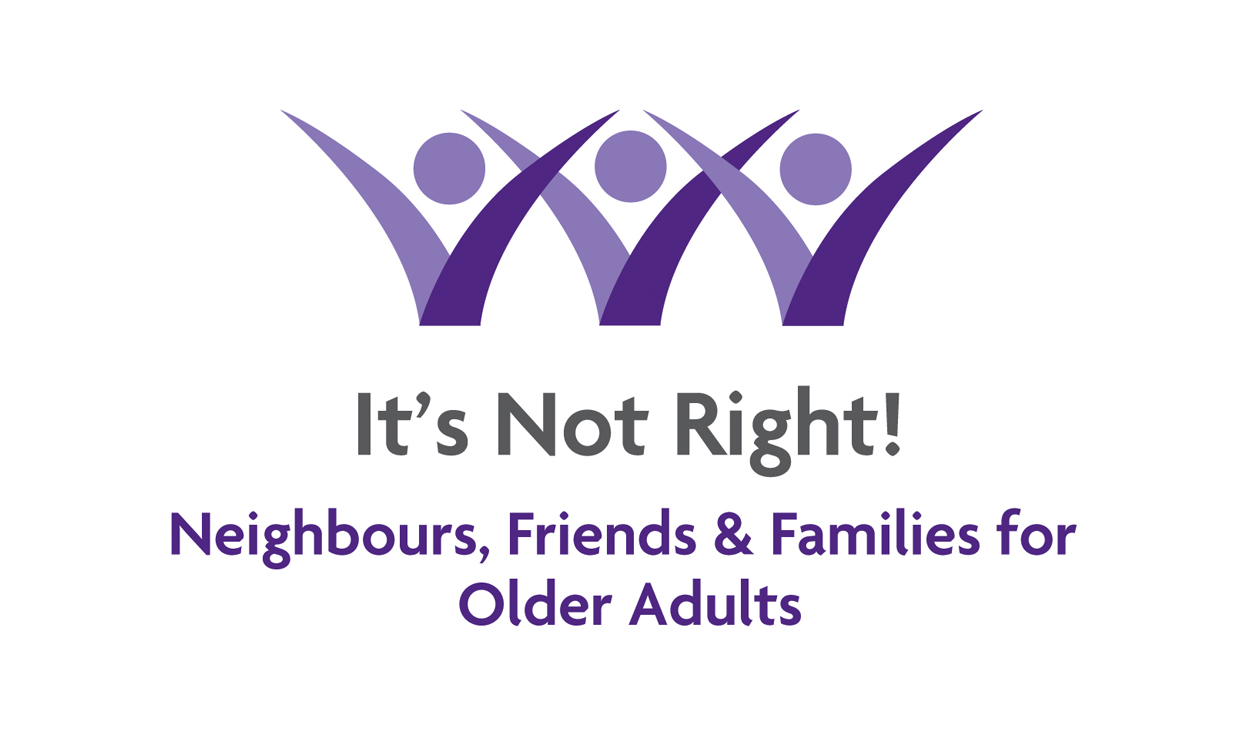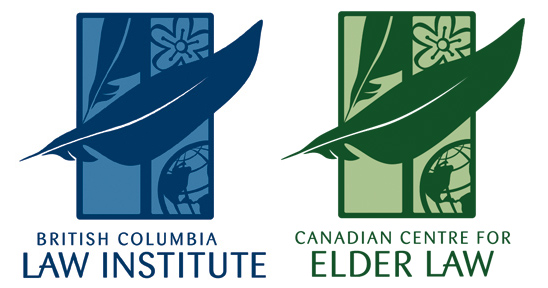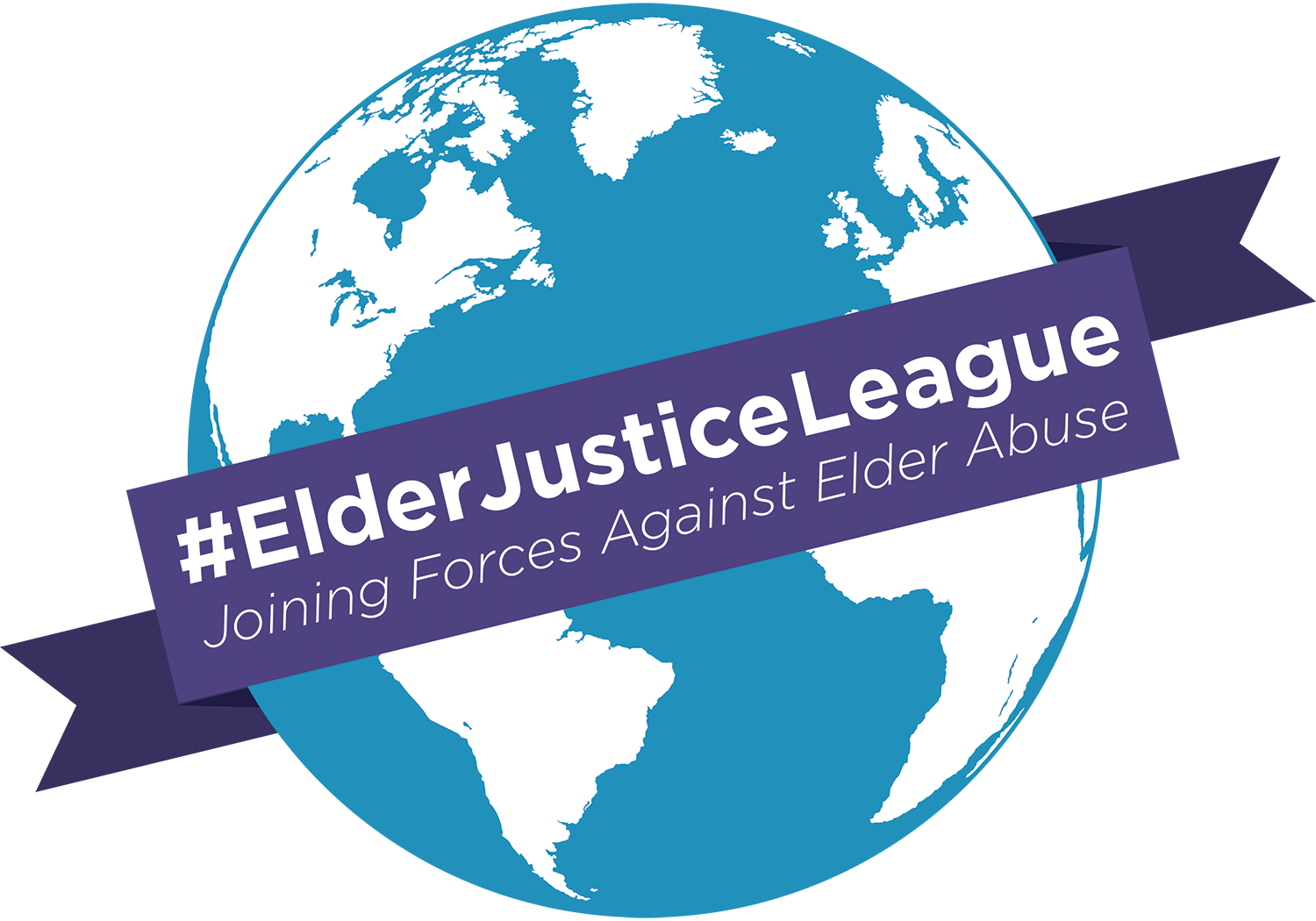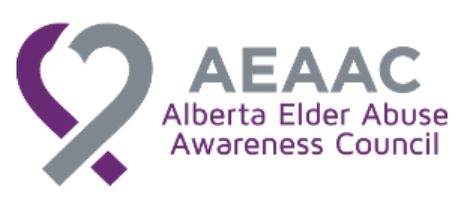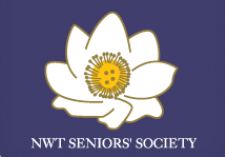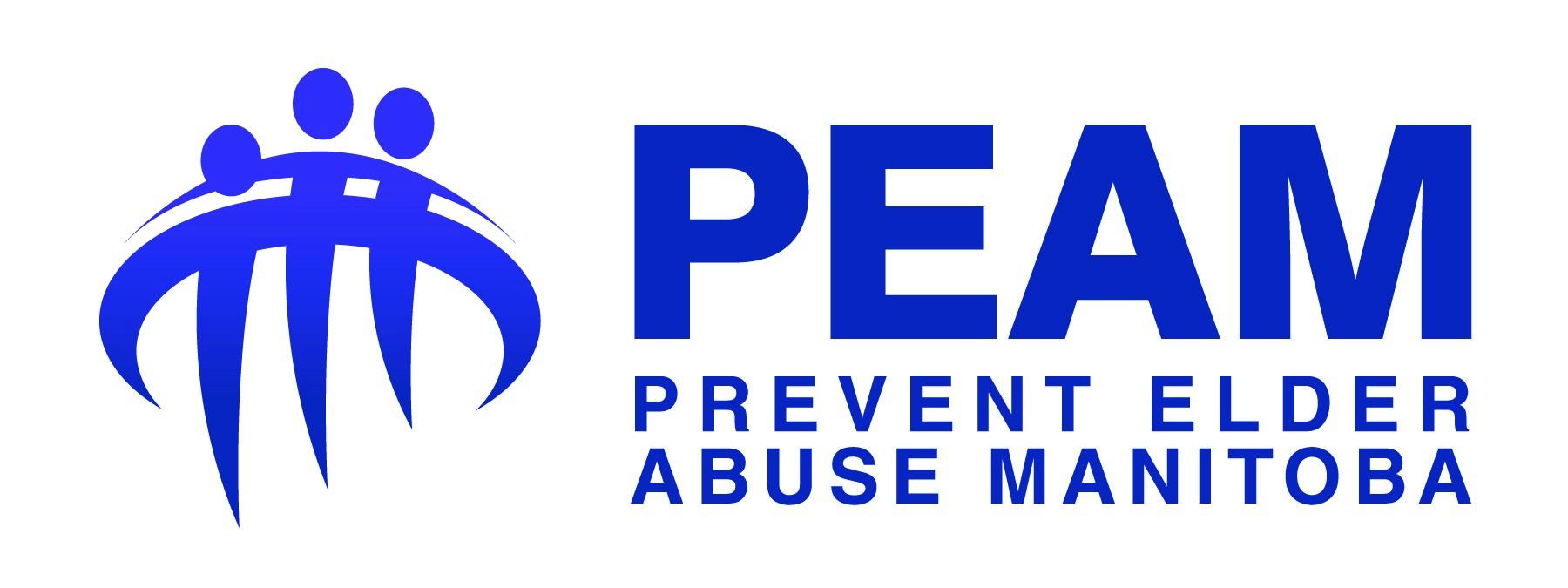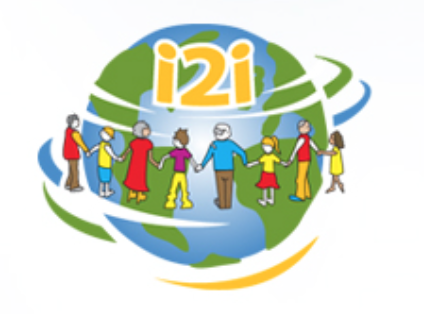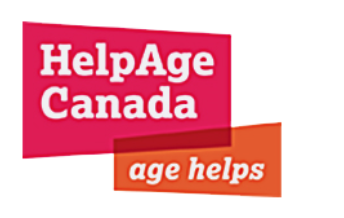- Details
- Published: 08 March 2024
BY MEGAN CREIG
Aura Freedom International recently unveiled a new project titled “GBV in the media.” The project, funded by Women and Gender Equality Canada, builds on the organization's previous work which aims to eradicate sex trafficking and all violence against women.
Violence against women by men has long been an issue, according to the Canadian Femicide Observatory for Justice and Accountability (CFOJA), a woman or girl is killed every 2.5 days in Canada on average . One woman is killed by her male partner every week. The CFOJA also reported a 27 per cent rise in the violent victimization of women, by male perpetrators, between 2019 and 2022.
Similarly distressing, Statistics Canada found that one in three women, compared with one in ten men, have experienced some form of intimate partner violence during their lifetime. For older women, they were twice as likely as their male counterparts to experience violence at the hands of an intimate partner.
“GBV in the media” acknowledges such statistics, and is the result of extensive research into gender-based violence (GBV) and the coverage it receives by news media. Specifically, the research conducted includes a review of existing literature, focus groups, and a human/sex trafficking roundtable. The project also included the creation of a national network comprising GBV prevention organizations, activists, journalists, academics, and other professionals and organizations, including CNPEA, who together helped develop these guidelines.
Understanding transformative media
When the public first learns someone’s story from the news, we believe it to be an honest telling of true events—a reflection of real people, without prejudice. Yet, this isn’t always the case. Everyone can be biased. And even good journalists, with good intentions, can write stories that aren’t perfect portrayals.
“Just the facts” means no embellishment or opinion; but when “just the facts” means leaving out vital context and ignoring longstanding power imbalances, the result is unjust facts.
As such, Aura Freedom’s guidelines on writing about GBV urges that journalists go beyond merely reporting facts. Centered around a concept called transformative media, the goal is media “that takes an intersectional perspective in understanding power structures; that is rooted in the lived experiences of the communities it seeks to represent; and that is respectful, accountable, and sensitive to those same voices.”
Where “good” reporting goes bad
“GBV in the media” builds upon four main themes: voices, language, frameworks, and impacts, giving examples of how each looks in terms of reporting and wherein lies the issue of that.
- Voices refers to the sources journalists may use to verify the truth—the experts. These sources are typically law enforcement or government officials, and while they can provide necessary details, they might overlook important contextual information. Some other experts journalists might consider include:
- People with lived experience
- Policy workers
- GBV frontline workers & organizations
- GBV sector organizations
- Academics
- Community activists
- Language refers to how journalists choose to address victims and survivors of GBV. Language focused on the person’s behavior, perceived social value, profession, relationships, or any other descriptor can indirectly take away from their humanity and perpetuate myths of the perfect versus imperfect victim. These details can be used, but it’s important to also include context and nuance. You should also:
- Ask what the person wishes to be referred to as, whether that is as a victim of GBV, a survivor, or neither of these terms.
- Call what is femicide, femicide.
- Avoid sensationalizing by using attention-grabbing words, but don’t minimize either.
- Frameworks refers to how these stories are framed, and the tendency to mislabel GBV as a “random act,” rather than a systemic issue. It is important to place GBV within the framework of:
- A social, systemic problem
- A widespread human rights abuse rooted in gender inequity
- A national emergency
- A frequent and prevalent form of oppression found in all societies
- Impacts refers to the influence of the media. Aura Freedom asks journalists to recognize their impact on the GBV discourse as well as on survivors, their families, and the greater community.
By understanding these themes and embracing the concept of transformative media, journalists will be able to build and maintain better relationships to sources, tell factual and just stories, and use their influence to make a true difference.
The GBV in the Media Guidelines can be accessed here.





